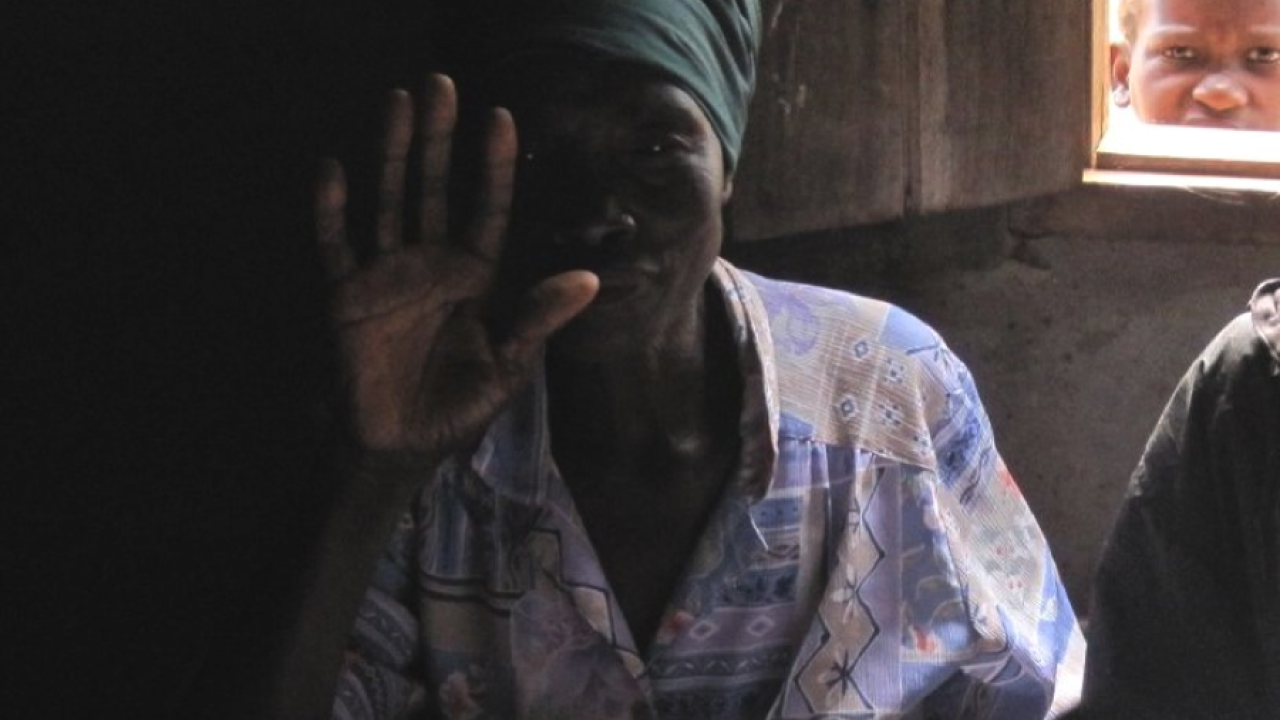
For the poor, the contradiction between gloomy prospects and daily consideration of and concern for their future welfare is a source of cognitive dissonance. Why plan for the future if there is no hope for improvement? In 2000, Narayan and Ebrary conducted a study that reported “Mental health problems—stress, anxiety, depression, lack of self-esteem and suicide—are among the more commonly identified effects of poverty and ill-being…. People cope by focusing on one day at a time, becoming indifferent, apathetic or hovering near losing their mind.”
Key Points
- The value of a subsidy equivalent to USD 65 increased the time horizon of small maize producers by more than half while an average transfer of USD 34 in matched savings increased the time horizon 29 percent.
- Interventions which improve the economic prospects of the poor led to a substantial increase in his time horizon.
- This research shows the positive side-effect of policies that encourage asset accumulation: the behavioral change that goes with it enhances the long term benefits.
 By closing their eyes on the future, the poor can reduce their psychological distress and increase their day to day happiness. Under these conditions, people rarely consider saving money, as they prefer to leave behind this day to day worry. Without a deeper understanding of what causes the poor to be reluctant to plan and save for their financial future, interventions may only address the symptom rather than the source of the issue, thus limiting lasting change.
By closing their eyes on the future, the poor can reduce their psychological distress and increase their day to day happiness. Under these conditions, people rarely consider saving money, as they prefer to leave behind this day to day worry. Without a deeper understanding of what causes the poor to be reluctant to plan and save for their financial future, interventions may only address the symptom rather than the source of the issue, thus limiting lasting change.
The Connection Between Patience and Poverty
Can an individual’s time horizon, or patience level, change? Are time horizons determined by poverty, a condition difficult to change in the short term? Numerous studies have confirmed the positive correlation between patience (time discounting) and income. This research provides the first empirical evidence of the endogenous determination of time discounting.
Amongst a relatively poor population, an increase in either the initial or the expected wealth of an individual increases his patience and lengthens his time horizon. Below a certain level of wealth, the time horizon of an individual, or the extent to which an individual identifies with his future selves at any given point in time, is decreasing in poverty, resulting in a behavioral poverty trap. Thus, the poorer you are the less able you are to look further into the future and the more likely you are to remain poor.
The theoretical framework for this research describes how an individual relates to her future self by decomposing time discounting into a time preference and horizon function. To grasp the intuition behind this approach consider a person who knew they only had $300 for the next thirty days. A person with a long time horizon, or a positive future outlook, would spend ten dollars a day.
An extremely poor person with a short time horizon of ten days, or a gloomy future outlook, would consume $30 then $27 then $24.30, updating their consumption plan based on their time horizon each day. This shorter time horizon creates less anxiety for the poor as the anticipation of poverty brings negative utility, but it results in less consumption smoothing and investment.
A New Approach to Measure Time Horizons
Mozambique is an appropriate place to attempt to answer the question, “Why do poor farmers have a difficult time planning for the future?” as it remains one of the poorest countries in the world with a majority of the population dependent on small scale agriculture. Data collected from the project Savings, Subsidies, and Sustainable Food Security: A Food Experiment in Mozambique was used to test the prediction that among a relatively poor population, an increase in an individual’s initial or expected wealth should increase his patience.
This project included the distribution of randomly assigned vouchers for a 73% seed and fertilizer subsidy package to be used in a half hectare of maize production. The distribution occurred in November and December 2010, followed by a survey of 1,593 households during April and May 2011. In April 2011 an additional Matched Savings intervention was implemented. One third of the sample was encouraged to open savings accounts through easier access and financial education, and another third was offered a matched savings on top of the same encouragement to save. The Matched Savings offered a bonus of 50% of the savings left in the account between harvest and the time to purchase fertilizer (from August 1st to October 31st).
This financial intervention aimed to help small farmers develop a savings habit in order to carry forward the benefits of the agro-input subsidy from year to year. A final survey of 1,436 households was conducted during July and August 2011. The survey response to the question “How much time ahead do you plan your future expenditures?” is the “horizon” variable.
The question is inspired by Ameriks et al. (2003), who measured individuals’ propensity to plan, and found that it has a strong impact on actual savings. Their questions, initially designed to capture the propensity to plan of highly educated Americans, was adapted to rural farmers in Mozambique. This variable is used rather than the typical time discounting question, “Do you prefer receiving x today or x a month from now?”, because the latter comprises not only time discounting, but also the cost of remembering the debt and the trust that the money will be distributed a month later, factors which may be heightened by the low levels of income and education.
Additionally, the answer is affected by the change in marginal utility between the time of the survey and one month after the survey. This is particularly problematic in our project, given that farmers who received an agroinput subsidy do expect a larger harvest and thus a lower marginal utility about one month after the survey and would appear to be less patient. Hence, the replies to the typical time discounting questions would not only be noisy, but also biased against people who won the voucher lottery.
Because the horizon variable is a new variable, its correlation with other economic variables must be examined. The results suggest that individuals who have a savings account, have already received a formal credit, used fertilizer for maize production during the previous campaign, or are more optimistic about their future, all tend to have a higher time horizon than others. Although the causality is unknown, this suggests that the time horizon does have a relationship with key economic decisions.
Change Is Possible
Beneficiaries of the agro-input subsidy and the matched savings intervention who were among the poorest, increased their planning horizon as a result of their improved economic prospects. The distribution of the time horizon remained identical among the control and savings groups, but shifted forward by one to three months for the farmers for whom their economic prospects was improved by either the voucher or the matched savings. Figures 1 and 2 show the change in horizon caused by each intervention.
Interventions which improve the economic prospects of the poor led to a substantial increase in his time horizon.
The value of an agro-input subsidy equivalent to USD 65 increased the time horizon of small maize producers by more than half while an average transfer of USD 34 in Matched Savings increased the time horizon of the small producers by 29 percent. These interventions were designed to leverage the amounts transferred, by requiring contributions from the farmers to orient them towards productive and forward looking activities. It is unclear whether a simple cash transfer of the same amount would have the same impact on the beneficiaries’ planning horizon.
Yet the results show that two different interventions which improve the economic prospects of the poor led to a substantial increase in his time horizon. Future research should address whether the change of attitude towards the future is permanent or temporary and how the planning horizon translates into economic decisions such as consumption, savings, and investment.
Policy Recommendations
Effective development policies require structural changes that will outlive the interventions. For an individual to escape a poverty trap they must also change their behavior. Poverty dynamics show that patience is fundamental for an individual to make the investments and sacrifices required to transition toward a higher financial equilibrium. Thus, changing financial practices is key to allowing the poor to make long-term plans and conceive exit strategies.
Considering the psychological causes behind myopic economic behaviors offers a new way to approach the issue given the empirical evidence of the endogeneity of the individual’s planning horizon. The fact that one’s time horizon is affected by his living conditions and economic prospects shows reveals a vicious cycle, where shortsighted behavior and poverty reinforce each other.
These results point out just how crucial it is to know why behavior changes in order to promote lasting change. An economic intervention can affect asset accumulation both through its direct economic impact, but also through a behavioral impact, which embraces all changes in preference, aspirations or attitudes that will in turn affect economic decisions. Depending on the intervention, the behavioral impact may be positive (an increase in patience or aspirations), or negative (an increase in passivity or moral hazard).
These results point out just how crucial it is to know why behavior changes in order to promote lasting change.
Improving the design of future interventions requires a deep understanding of both the economic and behavioral impact of the interventions. While most research has evaluated the economic impact, little is known about the behavioral effects. By better understanding the behavioral changes, which can have a multiplier effect, we can better design policies that make the best use of this mechanism.
This research shows the positive side-effect of policies that encourage asset accumulation: the behavioral change that goes with it enhances the long term benefits. Hence, policies such as matched savings and Individual Development Accounts, which offer a match at a fixed rate on savings towards the acquisition of assets, should be encouraged and further explored.
Further Reading
Ameriks, J., A. Caplin, and J. Leahy, “Wealth Accumulation and the Propensity to Plan,” Quarterly Journal of Economics, 2003, 118 (3), 1007–1047.
Becker, G.S. and C.B. Mulligan. “The Endogenous Determination of Time Preference”, Quarterly Journal of Economics, 1997, 112 (3), 729-758.
Bernheim, B Douglas, Debraj Ray, and Sevin Yeltekin, “Poverty and self-control,” Technical Report, National Bureau of Economic Research 2013.
Carter, Michael R, Rachid Laajaj, and Dean Yang, “The Impact of Voucher Coupons on the Uptake of Fertilizer and Improved Seeds: Evidence from a Randomized Trial in Mozambique,” American Journal of Agricultural Economics, forthcoming.
Laajaj, Rachid. 2012. Closing the Eyes on a Gloomy Future: Psychological Causes and Economic Consequences.
Narayan, D. and Inc Ebrary, Voices of the Poor: Crying Out for Change, Oxford University Press for the World Bank, New York and Oxford, 2000.
This report is made possible by the generous support of the American people through the United States Agency for International Development (USAID). The contents are the responsibility of the Feed the Future Innovation Lab for Assets and Market Access at UC Davis and do not necessarily reflect the views of USAID or the United States Government.
